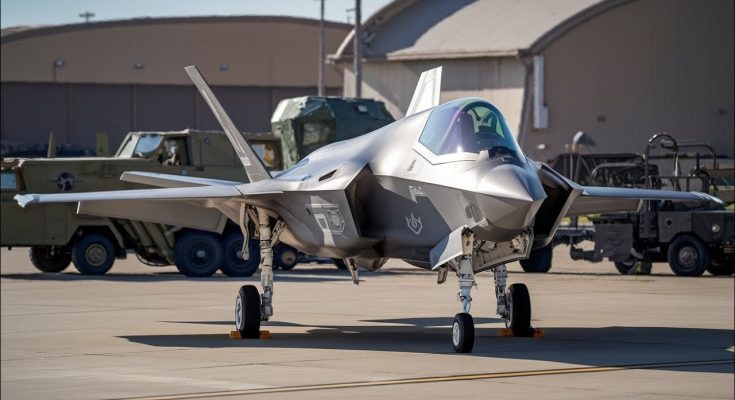The F-35 Lightning II has been one of the most ambitious and controversial projects in modern military aviation. Designed as a fifth-generation stealth fighter, the F-35 was meant to revolutionize air combat, offering unmatched stealth, versatility, and cutting-edge technology. However, its journey to operational readiness has been marked by delays, cost overruns, and technical challenges. As the aircraft has begun to enter service across various branches of the U.S. military and allied forces, the question remains: Is the F-35 finally living up to its promise?
The F-35’s primary promise lies in its combination of stealth, advanced avionics, and multirole capabilities. The aircraft was intended to replace multiple aging platforms, including the F-16 Fighting Falcon, F/A-18 Hornet, and AV-8B Harrier, offering both air-to-air and air-to-ground combat capabilities. Available in three variants—the F-35A for the Air Force, the F-35B for the Marine Corps and allied forces, and the F-35C for the Navy—the F-35 is designed to serve as a versatile, all-in-one solution for modern warfare.
From a stealth perspective, the F-35 has largely lived up to expectations. Its low radar cross-section and advanced coatings make it nearly invisible to enemy radar, a critical feature for penetrating contested airspaces. The aircraft’s ability to perform both air-to-air and air-to-ground missions while maintaining a low radar signature is a significant advancement over previous fighter jets, making it a highly effective tool in modern air combat. The F-35’s stealth capabilities are especially important in scenarios where enemy radar and surface-to-air missile systems are a serious threat, as it can conduct precision strikes without being detected.
The avionics and sensor suite of the F-35 are among the most advanced in the world. The aircraft is equipped with a sophisticated array of sensors, including the AN/APG-81 AESA radar, an advanced infrared targeting system (IRST), and a distributed aperture system (DAS), which provides 360-degree coverage of the battlefield. These systems give the F-35 unparalleled situational awareness, allowing pilots to track enemy aircraft, ground targets, and threats even in cluttered or congested environments. The helmet-mounted display system (HMDS) also gives pilots a unique advantage, providing critical flight data directly in their field of vision, eliminating the need to rely solely on traditional cockpit instruments.
However, despite these impressive capabilities, the F-35’s path to operational readiness has not been without its hurdles. The aircraft faced numerous technical problems during its development, ranging from software glitches to issues with its ejection seat, engines, and weapon systems. Many of these issues led to delays and concerns about the fighter’s ability to perform in real-world combat scenarios. Additionally, the cost of the F-35 program has been a major point of criticism, with the aircraft being one of the most expensive defense programs in history. These issues have caused some to question whether the F-35 can truly live up to its promise, especially in the context of its price tag.
Despite these challenges, the F-35 has demonstrated significant progress in recent years. Operational testing and deployment have proven that the aircraft is capable of fulfilling its intended roles. The F-35 has participated in numerous combat missions and exercises, and feedback from pilots and operators has generally been positive. The F-35 has shown that it can perform a variety of missions, from air superiority and intelligence gathering to close air support and precision strikes. Its multirole versatility allows it to adapt to different types of missions, making it an invaluable asset to modern air forces.
Moreover, the F-35 program has provided important interoperability benefits for allied forces. As more nations adopt the aircraft, the ability to operate seamlessly together in joint and coalition operations has become a significant advantage. The F-35’s integrated systems allow it to communicate with other platforms, enhancing coordination in complex combat environments.
In conclusion, while the F-35’s development has been marked by challenges, the aircraft is increasingly living up to its promise. It offers unmatched stealth, advanced sensors, and multirole versatility, making it a key asset for air forces around the world. While the high cost and past technical problems cannot be ignored, the F-35 is proving to be a capable and effective fighter jet that will shape the future of air combat for decades to come. As more F-35s are deployed and refined, its true potential continues to unfold, reaffirming that the aircraft is on track to meet the high expectations placed upon it.



